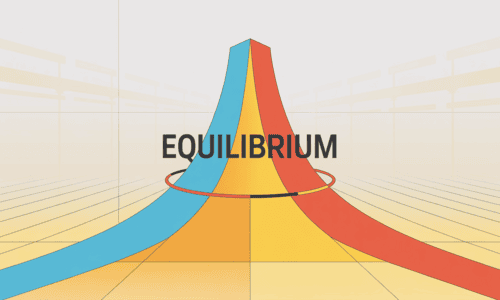|
The Marshallian approach to price determination emphasizes that the equilibrium price is determined by the interaction of ___ and ___. |
Card: 1 / 32 |
|
True or False: The Jewel utility theory states that utility and price are inversely proportional. |
Card: 3 / 32 |
 False. The Jewel utility theory states that utility and price are directly proportional. |
Card: 4 / 32 |
|
In the context of perfect competition, Alfred Marshall replaced the cost term with ___ in his price determination model. |
Card: 5 / 32 |
|
What is the significance of the intersection point of the demand and supply curves? |
Card: 7 / 32 |
 It represents the equilibrium price where the quantity demanded equals the quantity supplied. |
Card: 8 / 32 |
|
Marshall's views on the supply curve suggest it can be of three types: downward sloping, horizontal, and ___ depending on the cost laws operating in the market. |
Card: 9 / 32 |
|
True or False: In the market period, the supply of the commodity is variable while the demand remains constant. |
Card: 11 / 32 |
 False. In the market period, the supply of the commodity is constant while the demand is variable. |
Card: 12 / 32 |
|
During the short-run normal period, an increase in demand and supply will cause the price to ___ due to their direct proportionality. |
Card: 13 / 32 |
|
The Walrasian approach to price determination asserts that the price of a commodity is influenced by ___ and ___. |
Card: 15 / 32 |
 Unlock all Flashcards with EduRev Infinity Plan Starting from @ ₹99 only
|
|
True or False: According to the Walrasian model, equilibrium price can be determined for a single commodity in isolation. |
Card: 17 / 32 |
 False; equilibrium price cannot be determined in isolation as it depends on multiple commodities. |
Card: 18 / 32 |
|
In the factor market, the demand for labor is influenced by factors such as ___ and ___. |
Card: 19 / 32 |
|
The Law of One Price states that any transaction regarding a commodity should coincide with the price that has been ___ at the instant. |
Card: 21 / 32 |
|
True or False: In the Walrasian model, equilibrium price is characterized by uniqueness and stability. |
Card: 23 / 32 |
|
False. The equilibrium price is described as a dynamic process, not characterized by uniqueness or stability. |
Card: 24 / 32 |
|
Tatonnement adjusts markets to equilibrium.
|
Card: 26 / 32 |
|
In the Marshallian approach, the price of a commodity in the short run is primarily determined by ___ while supply remains constant. |
Card: 27 / 32 |
|
True or False: According to Walras, the demand for a commodity is solely determined by its own price. |
Card: 29 / 32 |
 False. Demand for a commodity is also affected by the prices of related and supplementary goods. |
Card: 30 / 32 |
|
The normal price of a commodity is defined as the ___ of the market prices over a specified long run period. |
Card: 31 / 32 |




























